Syn.: Cicuta curtisii J. M. Coult. et Rose, Cicuta mexicana J. M. Coult. et Rose, Cicuta virosa var. maculata (L.) J. M. Coult. et Rose, Cicutaria maculata Lam.
Family: Apiaceae Lindl.
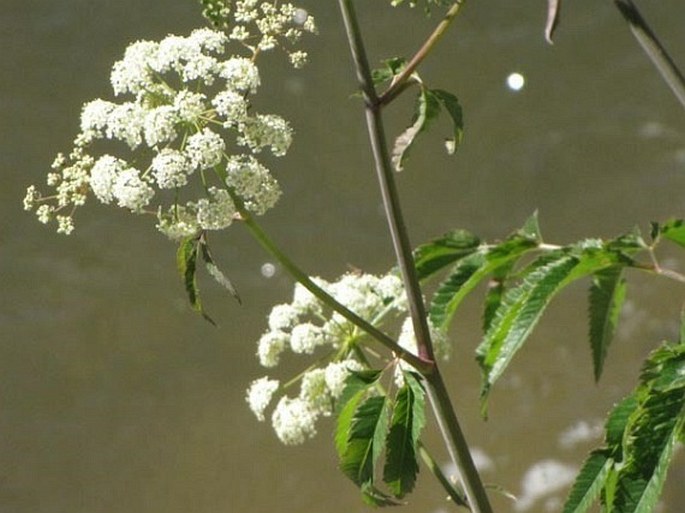
Distribution: Whole North America from Alaska through Canada into northern Mexico. Absent in Nunavut and Newfoundland and Labrador in Canada.
Ecology: Marshes, swamps and wetlands, close to water streams in open country, from sea level to about 2300 m. Blooms from June to August.
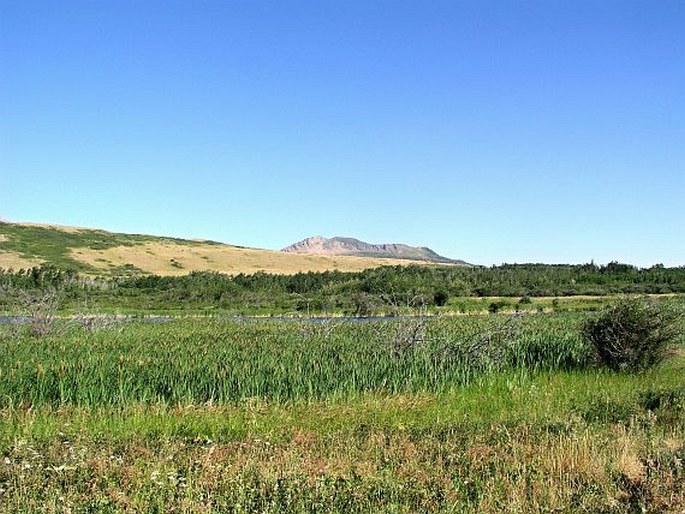
Description: Perennial herb, stems erect, 60–220 cm tall, hollow, often with purplish spots and streaks; rootstock 3–10 cm long, tuber-like with numerous horizontal chambers. Leaves are alternate, compound with several leaflets; leaflets 3–10 cm long, 0.5–3.5 cm wide, divided twice into narrow segments, margins coarsely toothed. Inflorescence is an umbel 3–10 cm across, compound with 18–28 rays; smaller umbels 12–25-flowered, bracts few, narrow. Flowers white, about 2 mm across, pentamerous. Fruit is a schizocarp, 2–4 mm long, breaking into 2 single-seeded segments at maturity.
Note: This species is considered the most poisonous plant in North America. All parts contain alkaloid cicutoxin which causes death very quickly.
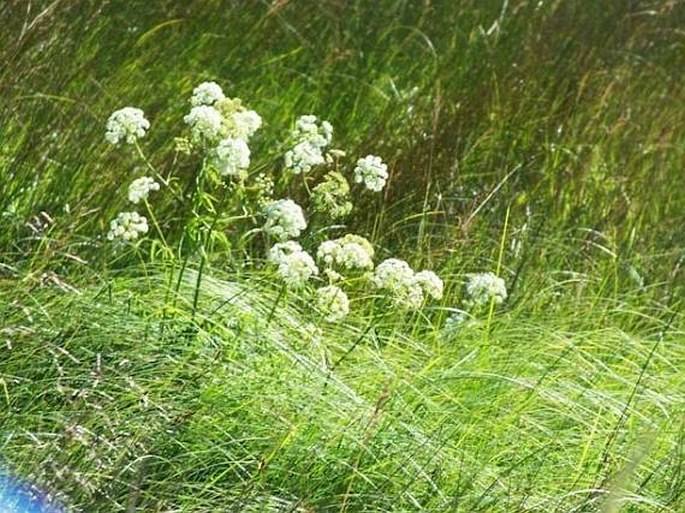
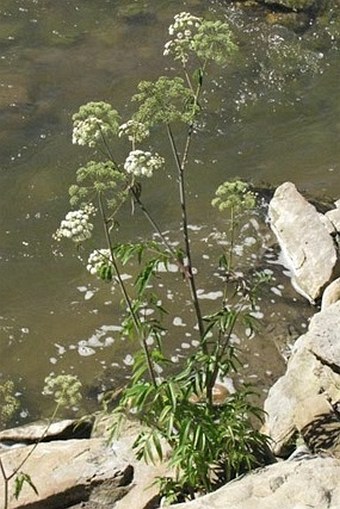
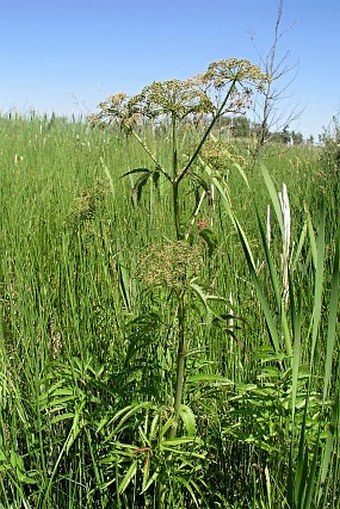
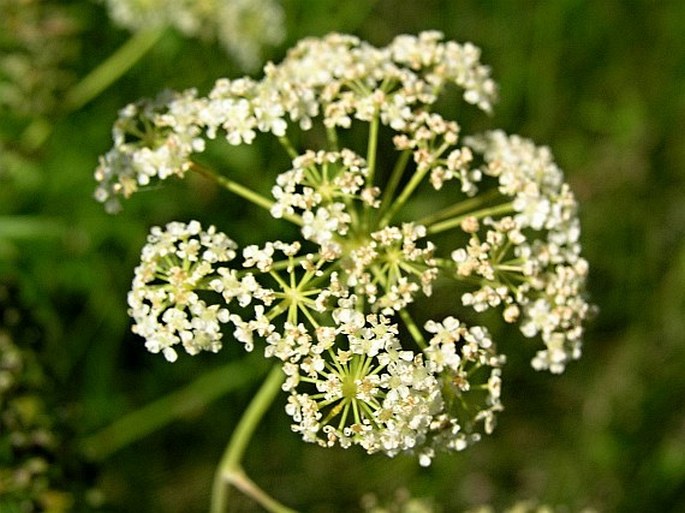
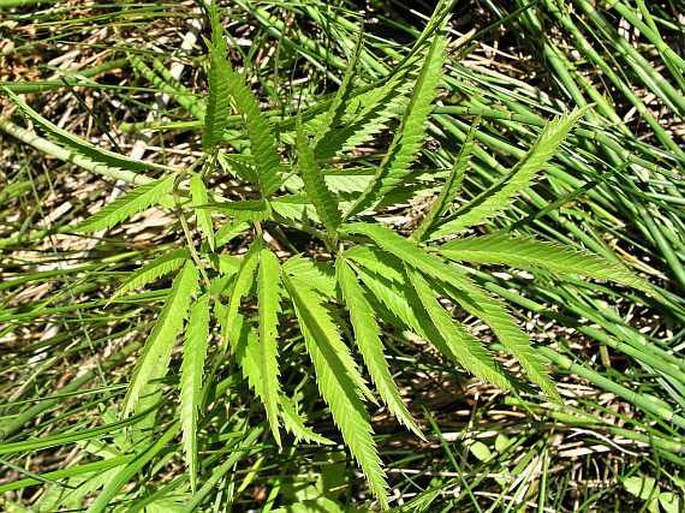
These images were taken in Canada, Alberta, Waterton Lakes NP (by Vít Grulich, July 29, 2007) and Alberta, Calgary, Confluence Park (by Karel Bergmann, July 2013).


